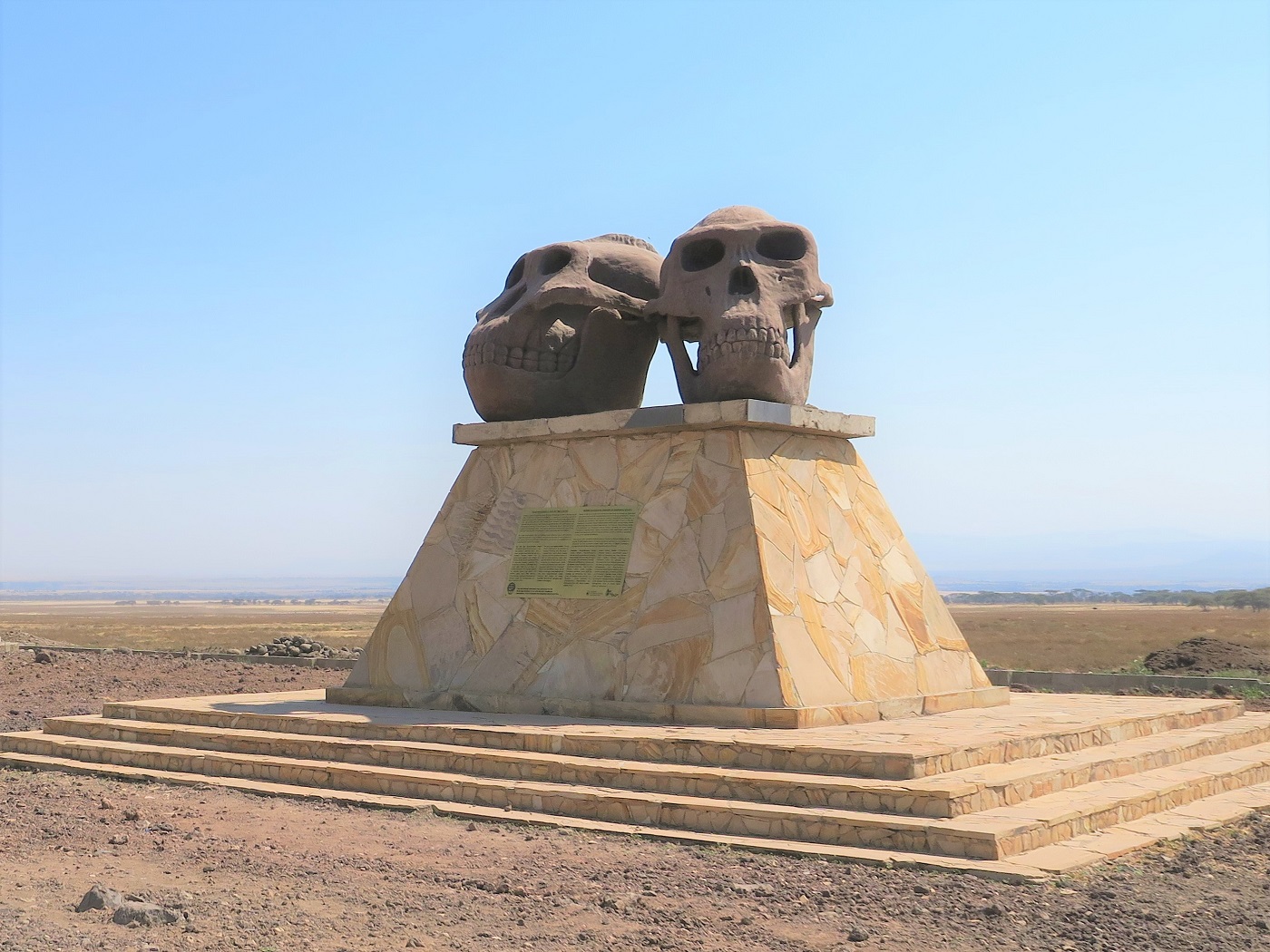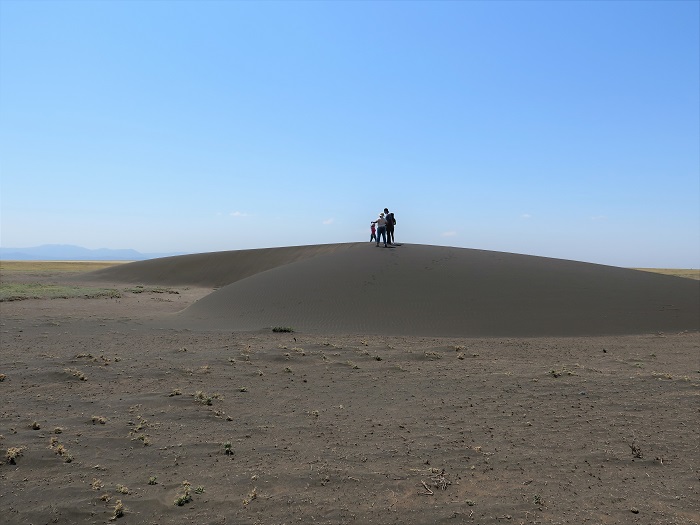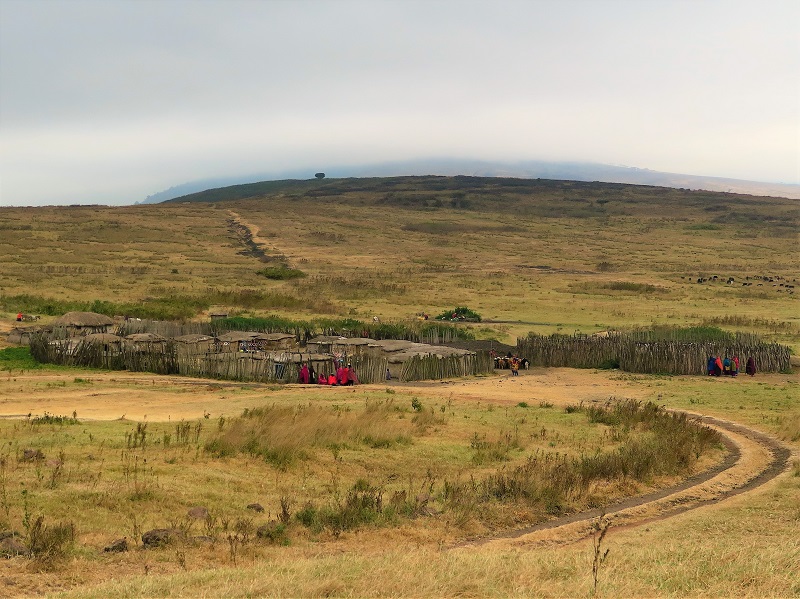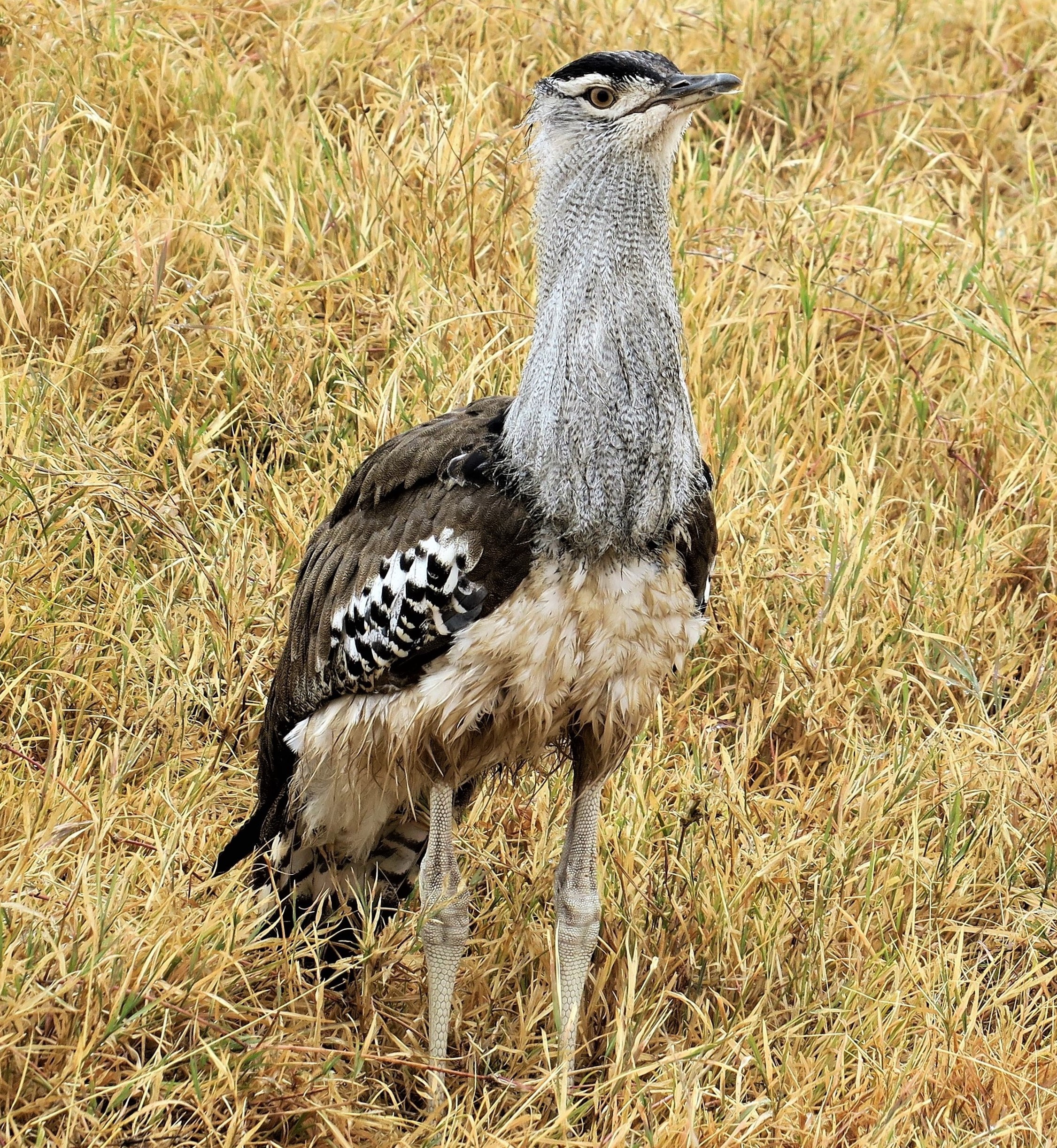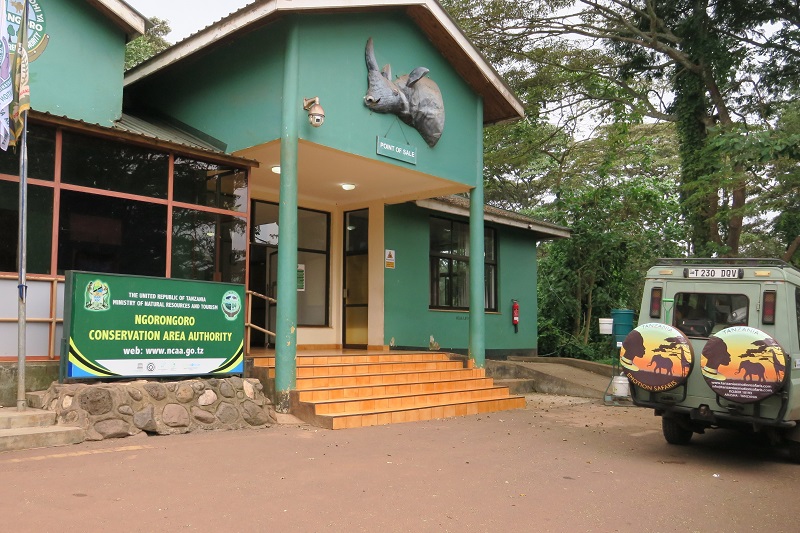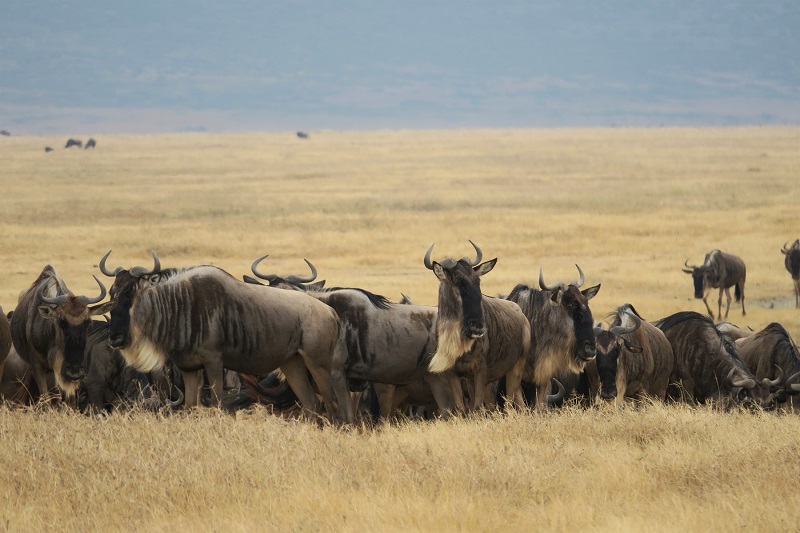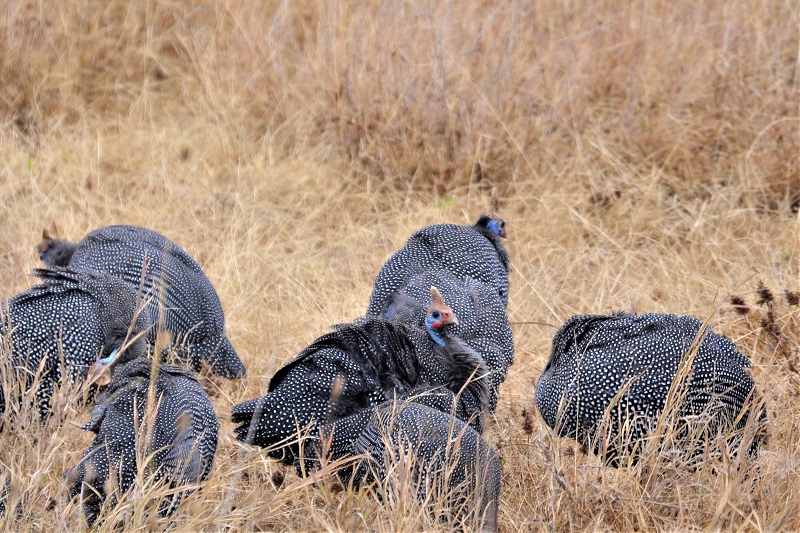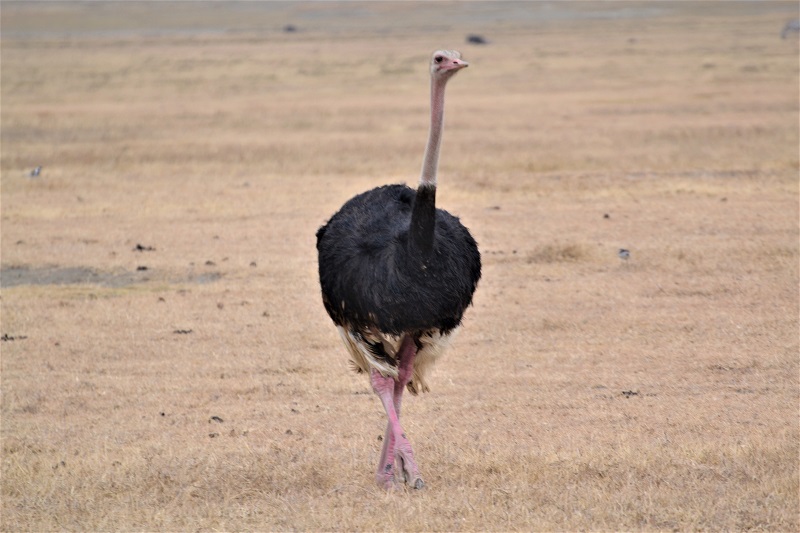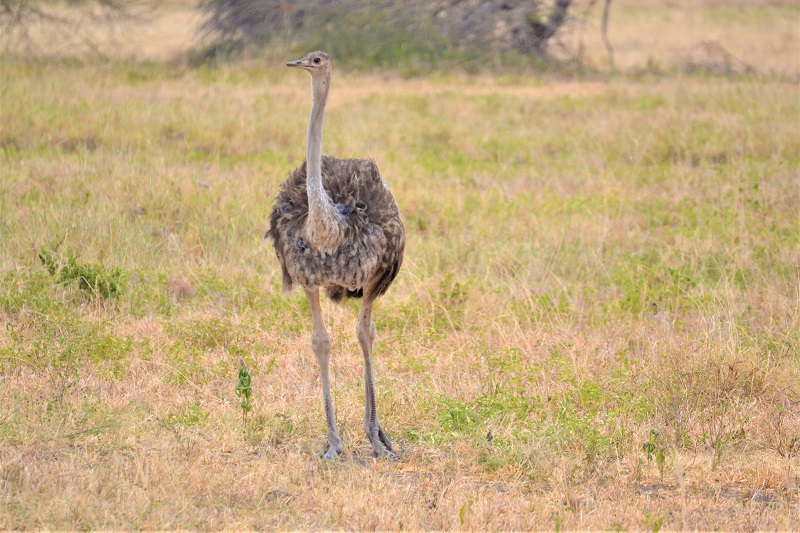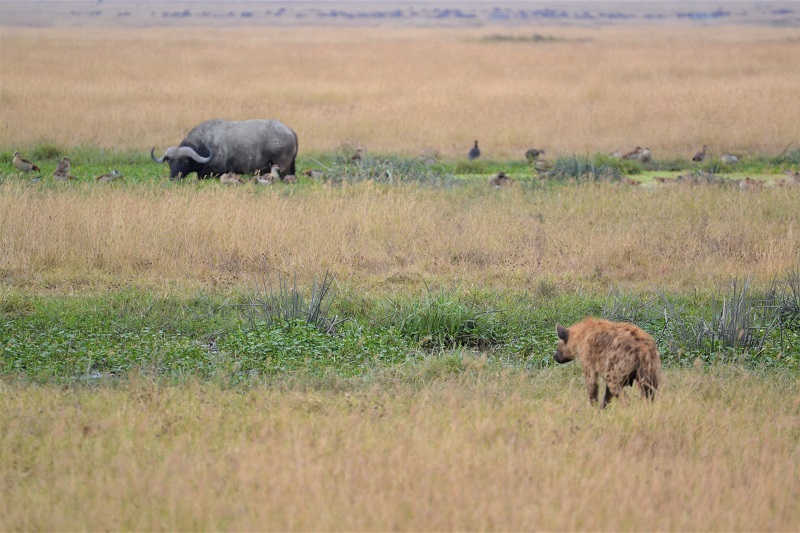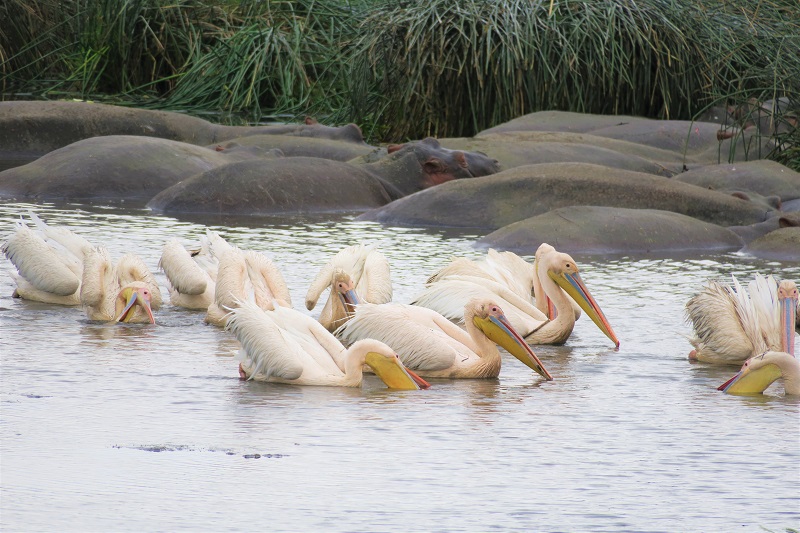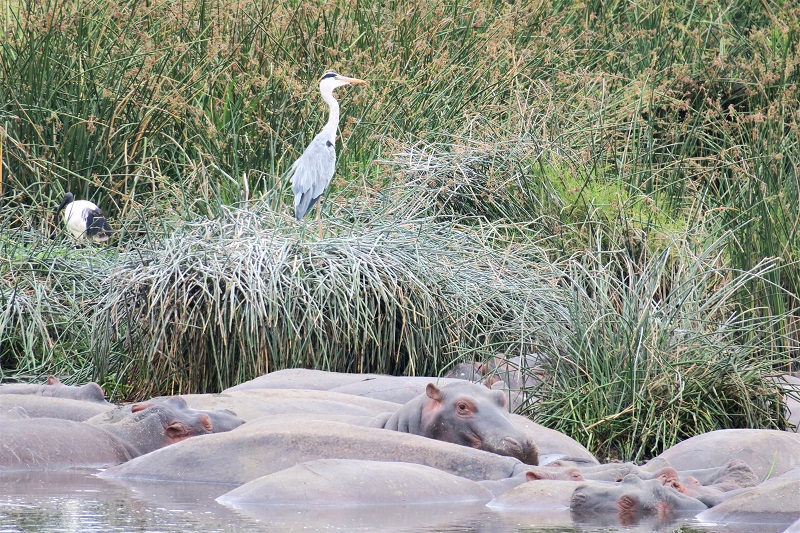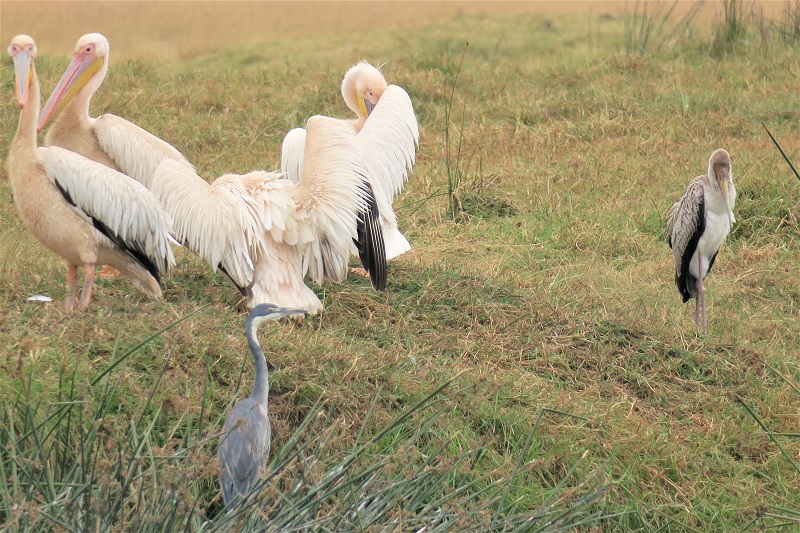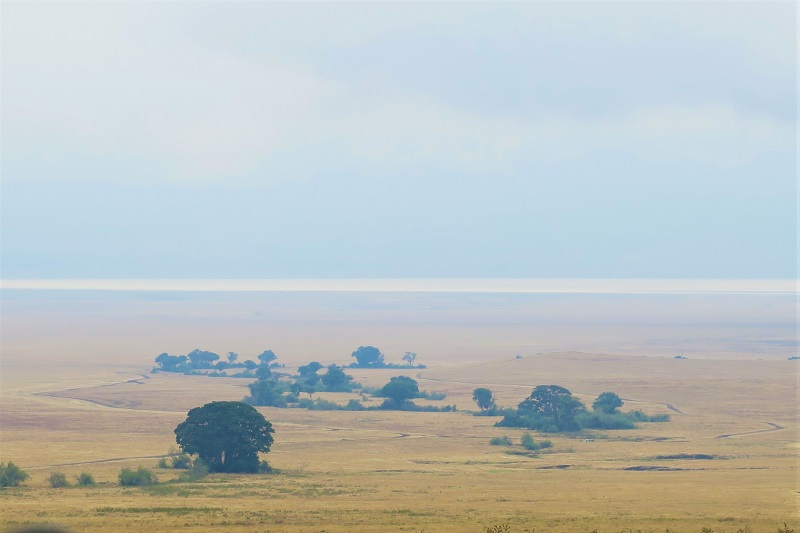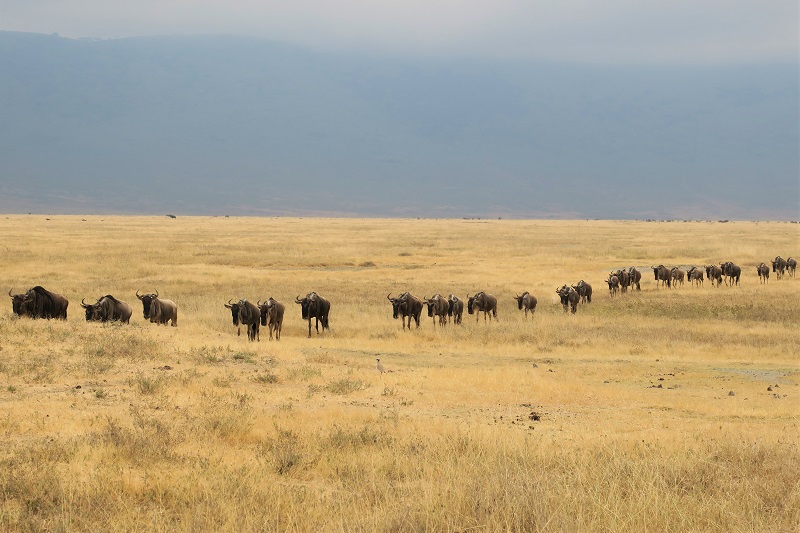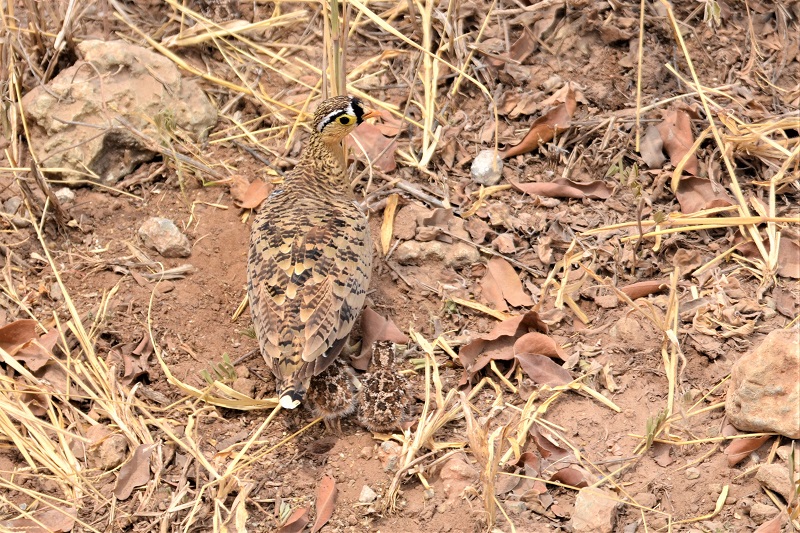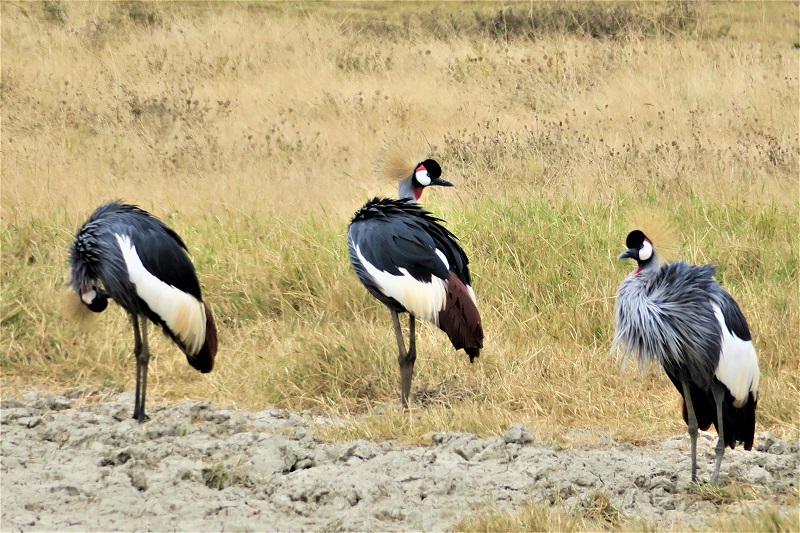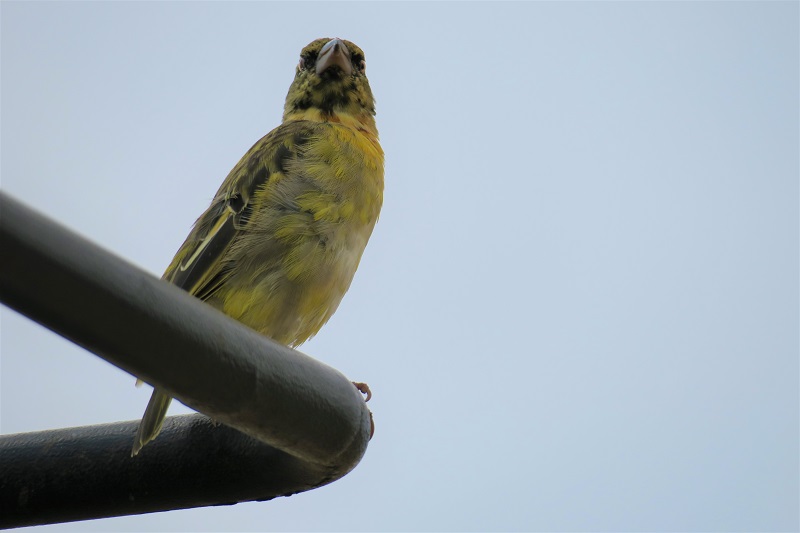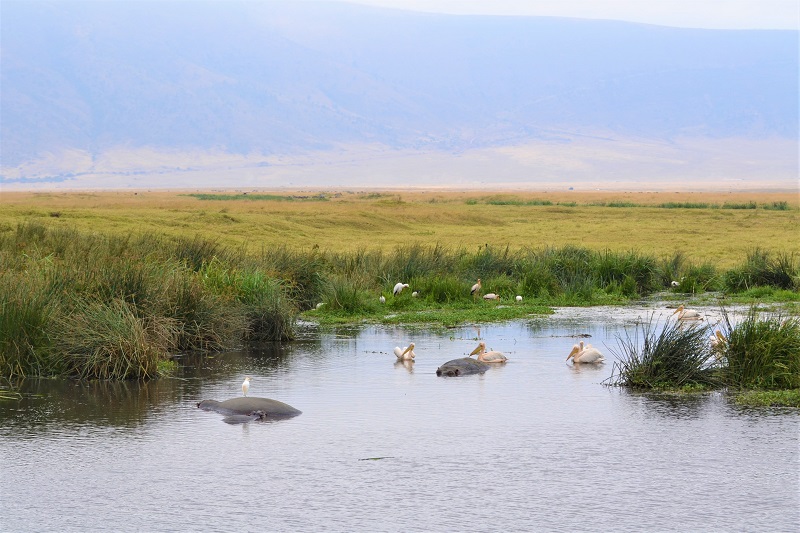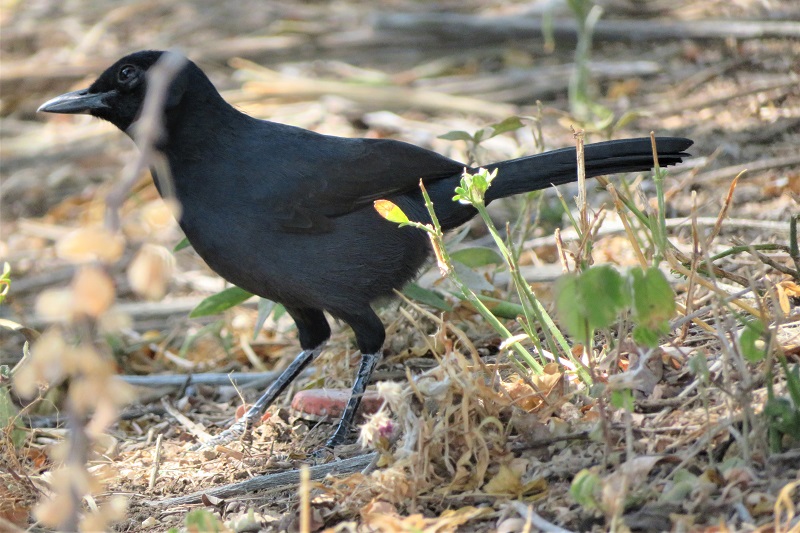The Ngorongoro Conservation Area is best known for the Ngorongoro Crater: declared a UNESCO World Heritage Site in 1979, it is one of the largest inactive volcanic craters, intact and not covered by water; it is thought to have formed about two and a half million years after an eruption that collapsed the top of the volcano inwards. The crater is a kind of immense natural zoo, an earthly paradise that houses, in a relatively narrow and well-delimited area, an incredible concentration of wildlife including all the big five, including the black rhinoceros. The crater of Ngorongoro is a unique jewel also for the breathtaking views from the rim of the crater towards the valley, a savannah of tall and low grasses dotted with swamps, glades and lakes, surrounded by woods and acacia forests.
The Ngorongoro Conservation Area is much larger than the crater. Rich in historical and cultural attractions, it stretches between the Rift Valley and the Serengeti, whose ecosystem is part. Characterized by a wide variety of habitats, ranging from grassy plains and savannahs, forests and lakes, volcanic mountains and craters, lakes and rivers, has a charm that goes even beyond the incredible wealth of wildlife and the wonder of its landscapes, because here the history of humanity originates, well witnessed by archaeological sites of extraordinary importance: Olduvai Gorge, where remains of hominids from 2.1 million years ago were found, and Laetoli, where hominid traces date back to 3.6 million years ago.
In the area, a Man and Biosphere Reserve since 1971, unique in all Africa for the integration between conservation of natural resources and protection of the local populations traditionally present, also live many masai in their traditional boma, to complete the picture of a territory in which the fascination of the entire African continent seems to be enclosed!

